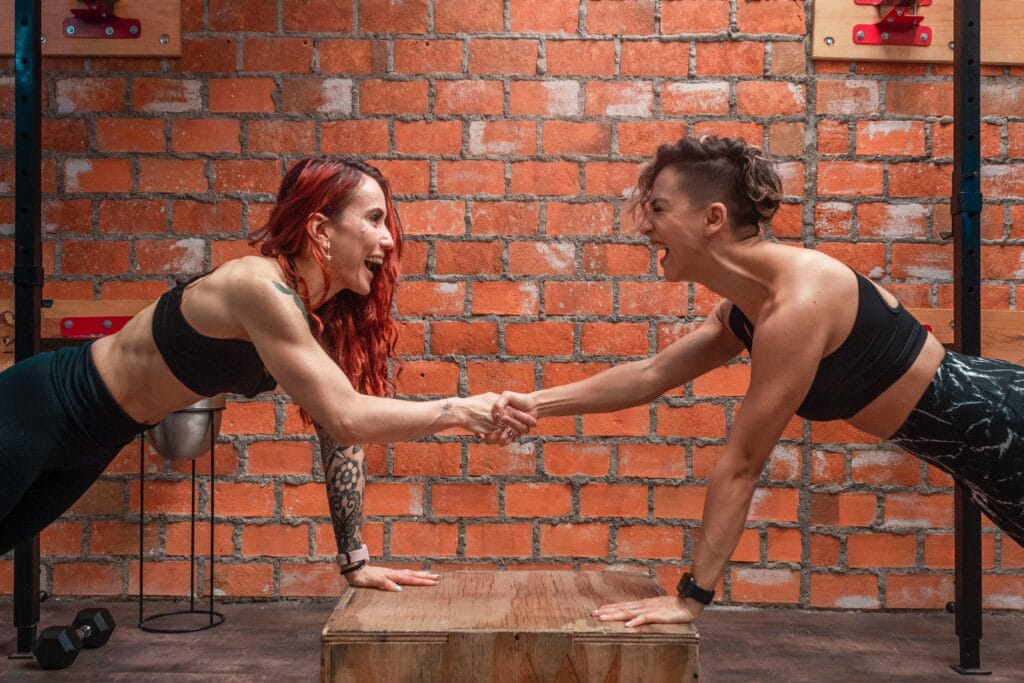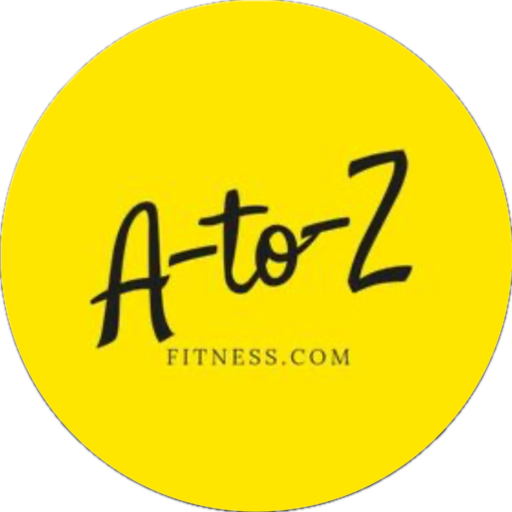
Pumping exercise is a basic exercise to develop strength and power. It works the muscles of the upper body but not only because it is a complete exercise that also involves many others!
This bodyweight exercise can be done anywhere, all you need is a floor 😉 and it’s a basic calisthenics exercise along with pull-ups, dips and squats. Once mastered, classic push-ups can be modified to work the muscles to different degrees.
Position and basic technique
Place your hands on the floor so that they are slightly wider than shoulder width apart, arms outstretched, and extend your legs behind you, feet together.
Fingers are spread with index fingers pointing forward and thumbs inward. If your wrists hurt, you can do the push-ups on your fists (knuckles), so the wrists will be locked.
Shoulders are over your hands at the phalanges to keep your forearms perpendicular to the floor, both in the high and low positions.
Your whole body is locked and gauntleted, forming one line: head, neck, back, legs. Contract your abs, glutes and thighs. You are in a plank position on your hands.

Point your elbows behind while rotating your arms: without moving your hands off the floor, try to turn your hands outward, as if your thumbs were taking the place of your index fingers.
Move your shoulders away from your ears, squeeze your shoulder blades together and stick your chest out slightly.
Bend your arms to bring your nose, chin and chest to the floor (or very close to the floor) at the same time.
Don’t spread your elbows, they should be relatively close to your body at an angle of less than 45 degrees (don’t do a “T-shape” with your arms perpendicular to your body). T-push-ups are another type of push-up.
Push up on your arms, keeping your whole body locked in until you reach the top position, arms straight and locked in. Be careful not to be too explosive while extending your arms to avoid injury.
Keep the body chained throughout the movement.
Inhale on the bend and exhale on the repulsion.
6 common mistakes to avoid
Mistake #1: Lowering or raising your head. If you lower your head as if you were going to put your forehead between your hands (or even that you can see your toes) or point your chin up: you are in a bad position. Your neck should be in a neutral position, aligned with your spine. So look at the ground a few inches in front of your hands (your gaze is perpendicular to the ground) to keep your neck in alignment with your body (imagine a straight line from your head to your heels).
Mistake #2: Arching the back. The hips should not dip toward the ground, so you should not start touching the ground with your hips when you bend your arms. The body forms a single line and you touch the ground with your chin/nose, chest and hips simultaneously. Likewise, when you straighten your arms, it is not your upper body that comes up before your lower body!
Mistake #3: Spreading the elbows outward. If you make this technical mistake, your shoulders will tend to come up (closer to your ears) and create tension. The elbows should remain close to the body at an angle of less than 45°.
Mistake n°4: Pulling out the buttocks and digging in the lower back. The whole body should be aligned and gaunt. Think about contracting the abs, glutes and quads to lock out the entire body. By contracting the abs and glutes, you are doing a slight retroversion of the pelvis which will help you avoid overly deepening the lower back.
Mistake #5: Doing an incomplete movement. Many people do “half push-ups” which means that they bend their arms a little and don’t go all the way up, the amplitude is only a few centimeters. You must touch the ground in the low position and stretch your arms in the high position. Otherwise you are not working to the full extent possible and the exercise is less effective.
Mistake #6: Relaxing a part of the body. I’ll say it again: the whole body must be gaunt. Remember that push-ups don’t just work your pecs and arms, contract your abs, glutes and legs and keep your body in a plank position during all your push-ups.
4 exercises to get to do push-ups
If you can’t do push-ups, here’s a little program to help you get there.

1) Vertical push-ups or “wall push-ups”
Facing the wall, feet together about 70 cm from the wall, place your palms flat against the wall (index fingers up and thumbs in) so that they are a little further apart than your shoulders, arms straight. Bend your elbows and touch the wall with your nose. Push back to starting position. Practice keeping your head, back and legs in alignment and lock out the body (abs and glutes contracted). Once you manage to do the 3 sets of 40 reps with 1’30 minutes between sets, move on to the next exercise.
2) incline push-ups
Facing a bench or chair, place your hands on it, a little wider than shoulder width apart, arms and legs straight. Bend your elbows and touch the bench with your chest. Push back to starting position. Keep your body aligned and locked in (abs and glutes contracted). The greater the incline, the easier the push-ups will be (you can start with a table height for example); on the contrary, the lower the incline (low object: bench, chair) the more difficult the push-ups will be and the closer they will be to full push-ups. You can also use the steps of a staircase and go down them progressively one by one to reach a very low inclination (one step height). As soon as you manage to do the 3 sets of 20 reps with 1’30 minutes between sets, move on to the next exercise.
3) Knee push-ups
No, these are not “girl push-ups”, knee push-ups are normal push-ups but easier because the weight supported by the arms is lower. Kneel on the floor, feet together, palms flat, a little wider than shoulder width apart, arms straight, index fingers in front and thumbs in. Contract your abs and buttocks and keep your thighs, hips, back and head aligned. Don’t stick your buttocks out with your body at 90 degrees! Bend your elbows and touch the floor with your chest. As soon as you manage to do 3 sets of 20 reps with 1’30 minutes between sets, move on to the next exercise.
4) half push-ups
These are the push-ups that many people do thinking they are “real” push-ups: they are not done with full range of motion (arms straight, torso on the ground). Use an object about 20 cm high (ball or stack of books) and place it under your hips. Get into a push-up position and, while keeping your body straight and gaunt, bend your elbows and touch the object with your hips. Push back into the starting position. As soon as you manage to do the 3 sets of 20 reps with 1’30 minutes between sets, bravo 😉 you can do classic or “normal” push-ups.





